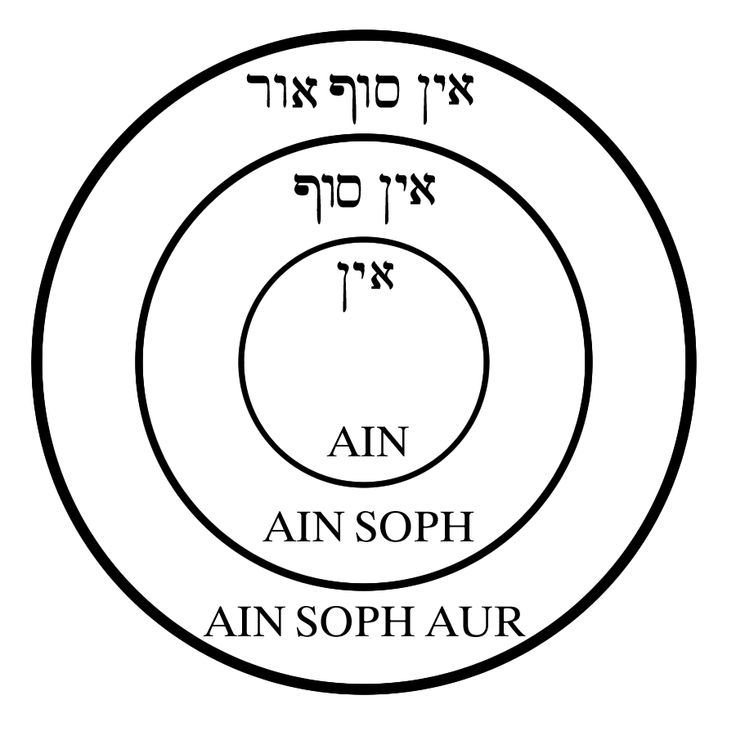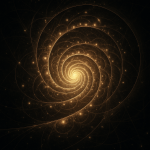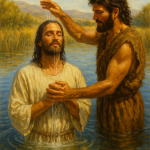Kabbalah is the sacred discipline of Jewish mysticism that seeks to uncover the hidden layer of creation, where spirit and form merge. It is the inner dimension of the Torah and Judaism, passed down through prophets, sages, and mystics. Kabbalah teaches that:
- Every action here mirrors a movement in the spiritual realm
- The physical world is a veil, not the full picture
- Every soul is rooted in a higher reality
The Secret Language of Scripture
According to Kabbalistic tradition, the words, letters, and even the spaces within the Torah contain mysteries waiting to be revealed. The Hebrew language is not just a method of communication. It is believed to be the original, sacred language of creation — a multidimensional code embedded into the universe itself. Each letter holds energy, structure, and intention. In this way, Scripture becomes a map of reality.
Hidden within the Hebrew text are vast inner dimensions of meaning, accessible through:
- Gematria: Interpreting words by their numerical values
- Notarikon: Expanding acronyms and abbreviations
- Temurah: Permuting letters to discover deeper alignments
Each Hebrew letter is a vessel of spiritual energy. The 22 letters are not just sounds — they are cosmic DNA, shaping the fabric of creation.
“By the word of the LORD the heavens were made, and by the breath of His mouth all their host.” — Psalm 33:6
In the Hebrew alphabet, each Hebrew letter carries a number, a shape, and a divine function:
- Aleph (א) – Oneness, silent breath
- Bet (ב) – Duality, house
- Shin (ש) – Fire and transformation
Words aren’t just words — they are vibrational blueprints of spiritual forces.
The Torah is not a just a history book — it is a multi-dimensional code written in God’s alphabet.
Core Concepts in Kabbalah
1. Ein Sof (אֵין סוֹף) — The Infinite
At the heart of Kabbalistic understanding lies the concept of Ein Sof (אֵין סוֹף) — literally, “Without End.” This is not simply an infinite being, but infinity itself: unbounded, undefined, unknowable. Ein Sof is not a thing, nor even a presence in any conventional sense — it is Being without boundary, a silence so deep it precedes thought, time, and distinction. It is not the God of description, but the God before all names. In this state, God is not even Creator, for nothing yet exists to be created. Ein Sof is perfect stillness, absolute potential, the pure “I” of God before self-expression — veiled, ungraspable, and yet the root of everything that will ever be.
When this hidden essence begins to stir, it does not do so as an act of compulsion or necessity. It is an act of love and will — the Infinite desiring to be known, to be in a relationship. This first stirring is not form, but light — what the sages call Ohr Ein Sof (אוֹר אֵין סוֹף), the Light of the Infinite. And here lies a mystery of gematria: the word Ohr (אוֹר), meaning light, has a numerical value of 207 — the exact same as Ein Sof (אֵין סוֹף). This is not coincidence but revelation: the Infinite is not void, but radiance. The first revelation of God is not a word, but a light — undivided, unformed, pure.
From this silent I, the Name YHWH (יהוה) emerges — not as a different being, but as the Face of Ein Sof. Where Ein Sof is stillness, YHWH is speech; where Ein Sof is unchanging, YHWH is flow. This Divine Name becomes the interface between the infinite and the finite, the channel through which the Infinite begins to communicate. And yet, even here, we are not speaking of form, but of intention — of the first move from being into becoming.
Kabbalah explores how God reveals Himself through layers and emanations.
2. From Light to World
The first movement from Ein Sof is not a sound or shape, but light — what the sages call Ohr Ein Sof (אוֹר אֵין סוֹף), the Light of the Infinite. This light is not physical but spiritual — a radiant emanation of Divine presence that fills all potential. It is undivided, all-encompassing, and perfectly unified with its source. Yet it cannot flow into the created world directly. If it did, the intensity of that light would obliterate all boundaries — dissolving form and overwhelming consciousness.
To allow for creation, the Infinite performs a mysterious act known as Tzimtzum (צמצום) — contraction. This is not a literal withdrawal, but a concealment of presence — creating an apparent “empty space” within which creation can unfold. It is within this space, this divine womb, that the light is reintroduced — but now in measured, intentional form.
This measured light is structured through vessels called the Sefirot (ספירות). They are not beings or parts of God, but qualities — lenses through which the Infinite Light is filtered. Each Sefirah represents a different mode of Divine expression: Will (Keter), Wisdom (Chokhmah), Understanding (Binah), Lovingkindness (Chesed), Judgment (Gevurah), Harmony (Tiferet), and so on.
These Sefirot do not operate only in our world. Kabbalah teaches that there are multiple worlds within worlds — layers of reality, formed through successive contractions of the Infinite. Each world is more concealed than the one above it, and the Sefirot function uniquely within each layer. In the higher worlds, the Sefirot are near-pure reflections of the Divine Light. In the lower worlds — including our own — they manifest as the patterns behind nature, soul, and history.
The Sefirot are the scaffolding of creation. They make Divine presence accessible while preserving Divine mystery. Through them, the Infinite enters time without becoming bound by it, and the hidden becomes revealed without being reduced.These are not just traits of God, but forces within us. The human soul reflects the Sefirot.
3. Olam Tohu – The World Before Ours and Humanity’s Mission
In the early stages of creation, Yahweh sought to manifest not only as Creator, but as King — to fully enter the world of form while remaining Infinite. This attempt occurred in a prior reality known in Kabbalah as Tohu, the world of chaos. Here, the Divine Light surged forth too intensely, before the vessels of creation were ready to contain it. The result was Shevirat HaKelim, the shattering of the vessels. The light fragmented into countless sparks, while the broken containers became the spiritual shells — Qlippoth — which we now perceive as evil and separation.
To heal this cosmic fracture, Yahweh initiated a second reality: Tikkun, the world of repair. In this world, the light returns gradually, and humanity is invited to participate in the restoration. Every righteous act, prayer, and intention lifts a spark back toward its source. However, when Adam and Eve chose disobedience — aligning with separation instead of unity — the process faltered. In response, Yahweh prepared a redemptive plan: to send two Messiahs — His divine Son, and ultimately Himself — into creation, to descend into the heart of brokenness and redeem it from within.
4. Olam HaBa – The World To Come and Humanity’s Redemption
Beyond the world of Tikkun lies the final vision: Olam HaBa, the World to Come. It is not merely a return to Eden, but the full integration of heaven and earth — where the Infinite dwells openly among the finite. In this world, all sparks are gathered, all wounds are healed, and the Divine Presence no longer hides. Evil will be no more, for every vessel will be strong enough to hold the light. Yahweh will not reign from above, but from within — through hearts made whole. This is not an ending, but a beginning: creation fulfilled, and love made visible.


